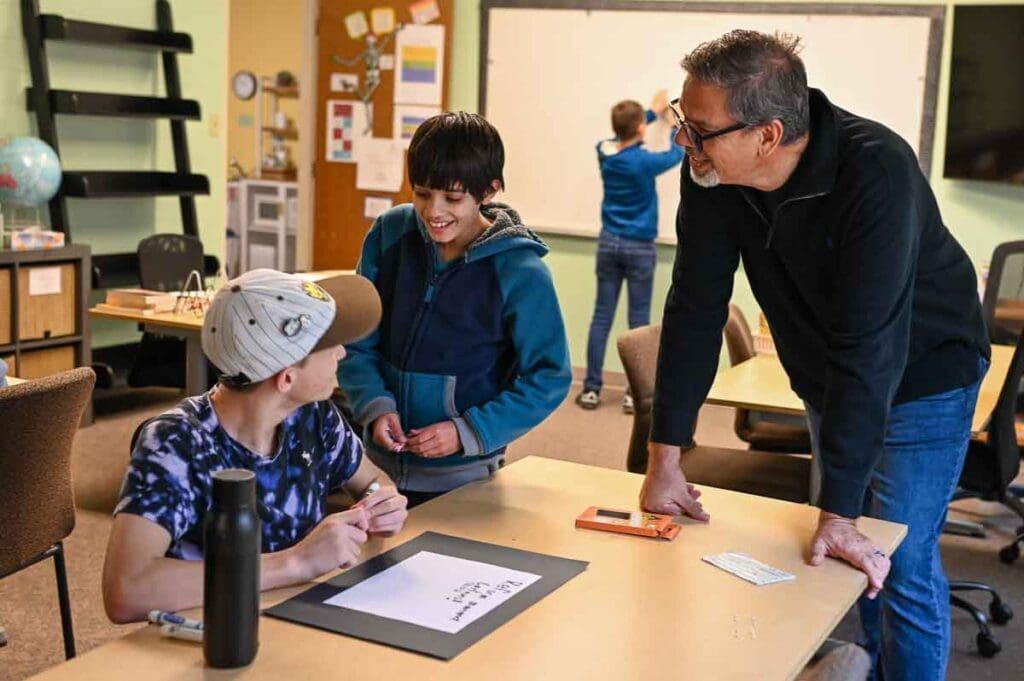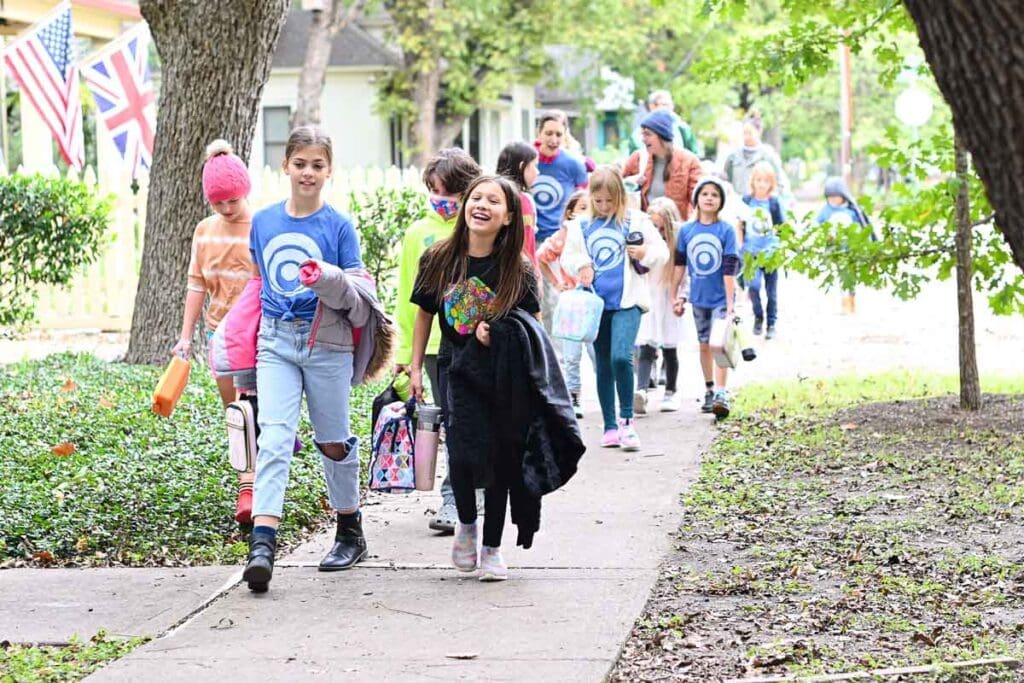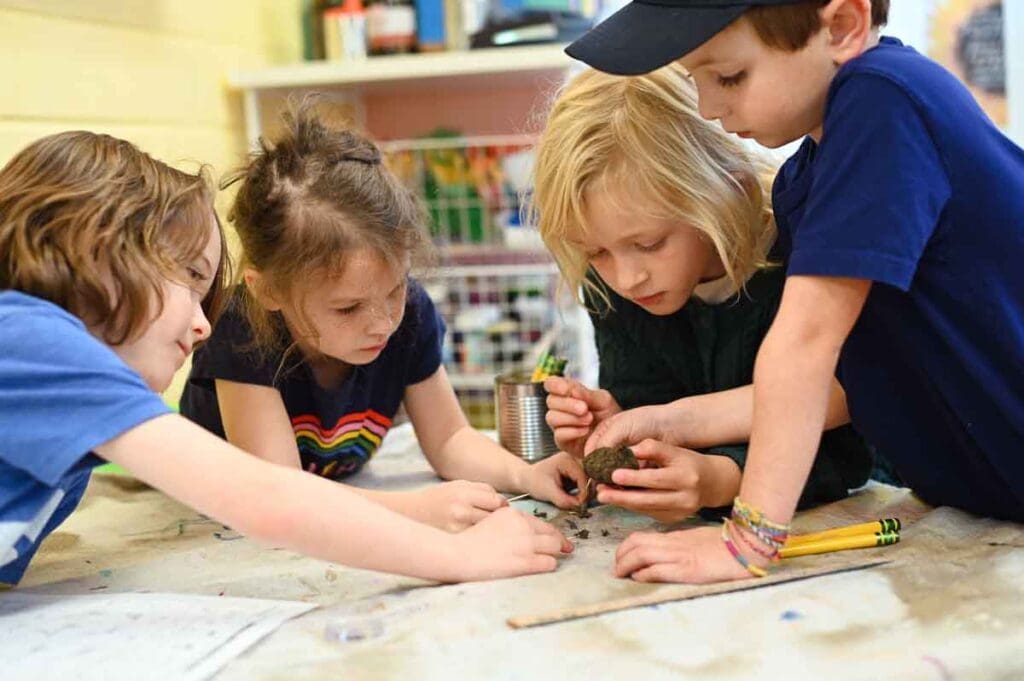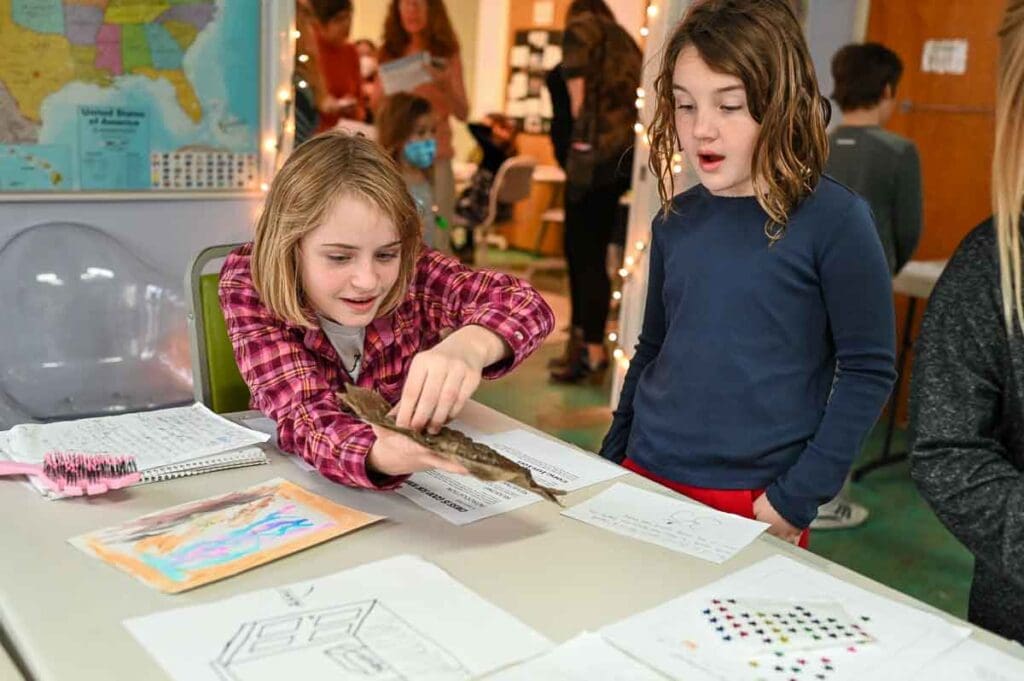SOCIAL EMOTIONAL LEARNING
Students Love Learning When They Feel Valued
Kindness is Key
At AHB, we really do believe that we offer the best of both worlds! Our private school offers an academically rich program designed to challenge students in a supportive, nurturing environment. Basically, our goal is rigor without the stress.
That begins with putting students and their social-emotional learning at the center of our decision making and teaching them to be good people and community members, first and foremost.

AHB Community School’s Peaceful Approach



What SEL Looks Like As Students Grow
We spent 12 years at AHB and had a great experience. The emphasis on kids being excited about and engaged with what they are learning in combination with the low student-teacher ratios was so important for our family. In addition, as a parent, it was great to have extra time to spend enjoying my kids and also to feel a sense of partnership with the teachers and the extra time we have outside the classroom to build on learning and life.

